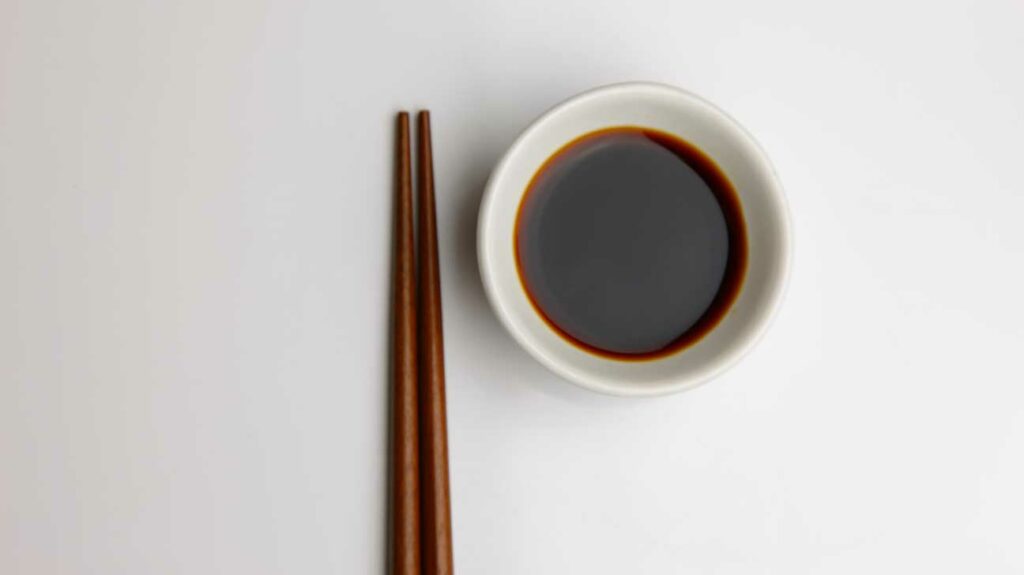Understanding Soy Sauce
What is Soy Sauce?
Soy sauce is a fermented condiment made from soybeans, wheat, salt, and fermenting agents. It originated in China over 2,000 years ago and has since become a key ingredient in Asian cuisine, adding depth of flavor and complexity to a wide range of dishes.
Types of Soy Sauce
Regular Soy Sauce
Also known as dark soy sauce, regular soy sauce is made from soybeans, wheat, salt, and water. It has a deep, rich flavor and is commonly used for cooking and seasoning.
Light Soy Sauce
Light soy sauce, also referred to as thin soy sauce, has a lighter color and milder flavor compared to regular soy sauce. It is often used for seasoning and dipping.
Tamari
Tamari is a type of soy sauce that originated in Japan and is made with little to no wheat, making it suitable for individuals with gluten sensitivities. It has a richer, less salty flavor than regular soy sauce.
Production Process of Soy Sauce
Steaming and Roasting
Soybeans and wheat are steamed and roasted to develop flavor and break down complex carbohydrates into simple sugars.
Koji Cultivation
The steamed soybeans and wheat are mixed with a mold culture called koji (Aspergillus oryzae) and left to ferment in a warm, humid environment. Koji helps break down the starches into sugars, which can then be fermented by the yeast and lactic acid bacteria.
Fermentation
The koji mixture is combined with brine (salt and water) and left to ferment in large fermentation tanks for several months to years, depending on the desired flavor and style of soy sauce. During fermentation, enzymes produced by the mold, yeast, and bacteria transform the sugars and amino acids into a complex array of flavors and aromas.
Pressing and Filtration
After fermentation, the soy sauce is pressed to separate the liquid (soy sauce) from the solids (soybean and wheat residue). The liquid is then filtered to remove any remaining solids or impurities.
Pasteurization and Bottling
The filtered soy sauce is pasteurized to ensure food safety and extend shelf life. It is then bottled and ready for distribution and consumption.
Culinary Uses of Soy Sauce
Seasoning
Soy sauce adds depth of flavor and saltiness to a wide range of dishes, including stir-fries, marinades, sauces, soups, and dressings.
Dipping
Soy sauce is commonly used as a dipping sauce for sushi, sashimi, dumplings, spring rolls, and other appetizers.
Marinades
Soy sauce is an excellent base for marinades, helping tenderize meat, poultry, seafood, and tofu while imparting flavor.
Flavor Enhancer
Soy sauce can be used as a flavor enhancer to add richness and complexity to dishes such as fried rice, noodles, and vegetable stir-fries.
Health Considerations of Soy Sauce
Potential Benefits
Source of Protein
Soy sauce contains small amounts of protein derived from soybeans, making it a minor but contributing source of protein in the diet.
Antioxidants
Fermented soy products like soy sauce contain antioxidants such as phytochemicals and amino acids, which may help reduce oxidative stress and inflammation in the body.
Potential Concerns
Sodium Content
Soy sauce is high in sodium, with just one tablespoon containing a significant portion of the recommended daily limit. Excessive sodium intake has been linked to high blood pressure and cardiovascular disease.
Gluten Content
Traditional soy sauce contains wheat as an ingredient, making it unsuitable for individuals with celiac disease or gluten sensitivities. However, gluten-free alternatives such as tamari are available.
Common FAQs About Soy Sauce
Is soy sauce bad for you?
While soy sauce can be a flavorful addition to meals, its high sodium content may be a concern for individuals watching their salt intake or managing hypertension. Choosing reduced-sodium varieties or using soy sauce in moderation can help mitigate these risks.
Is soy sauce vegetarian/vegan?
Traditional soy sauce is typically vegetarian/vegan-friendly, as it is made from plant-based ingredients such as soybeans and wheat. However, individuals following strict vegetarian or vegan diets should check the ingredient list, as some commercial soy sauces may contain additives or flavorings of animal origin.
How long does soy sauce last?
Unopened soy sauce can last for several years when stored in a cool, dark place. Once opened, soy sauce should be refrigerated and used within a few months for optimal flavor and quality.
Can soy sauce go bad?
While soy sauce has a long shelf life, it can eventually lose flavor and quality over time, particularly if exposed to heat, light, or air. Signs that soy sauce may be spoiled include changes in color, odor, or taste.
Is soy sauce high in calories?
Soy sauce is low in calories, with approximately 10-15 calories per tablespoon. However, its high sodium content should be considered when incorporating it into your diet.
Can I use soy sauce if I have a soy allergy?
Individuals with a soy allergy should avoid soy sauce, as it contains soybeans as a primary ingredient. Tamari, a wheat-based soy sauce alternative, may be suitable for individuals with soy allergies but should be checked for cross-contamination with soy.
Conclusion
Soy sauce is a versatile and flavorful condiment that adds depth and complexity to a wide range of dishes. Made through a traditional fermentation process, soy sauce offers a unique blend of savory, salty, and umami flavors. While it can be a beneficial addition to the diet in moderation, its high sodium content should be considered, particularly for individuals with hypertension or sodium-sensitive conditions. By understanding how soy sauce is made, its culinary uses, potential health benefits, and common FAQs, you can make informed choices about incorporating this beloved condiment into your cooking and dining experiences.
- Skin Injectables Near Wallington, Surrey - January 7, 2025
- Retinol Peel Near East Horsley, Surrey - January 6, 2025
- Traptox Aka Trapezius Botox Treatment Near Shepperton, Surrey - January 5, 2025

